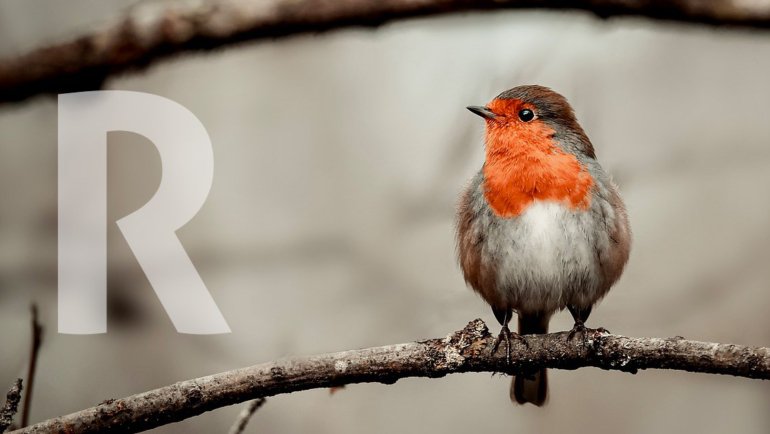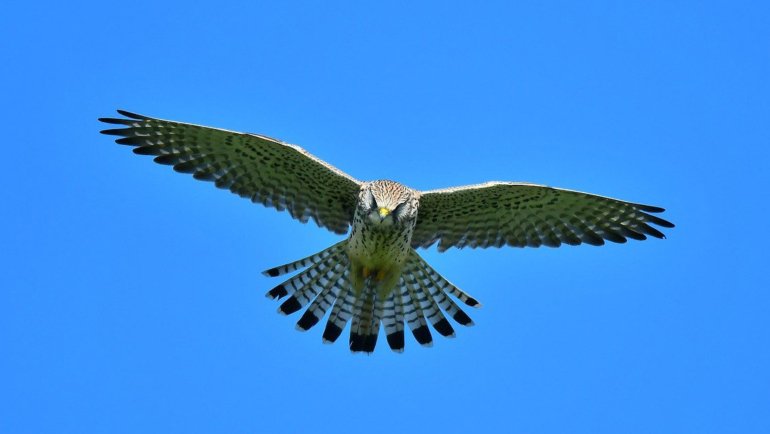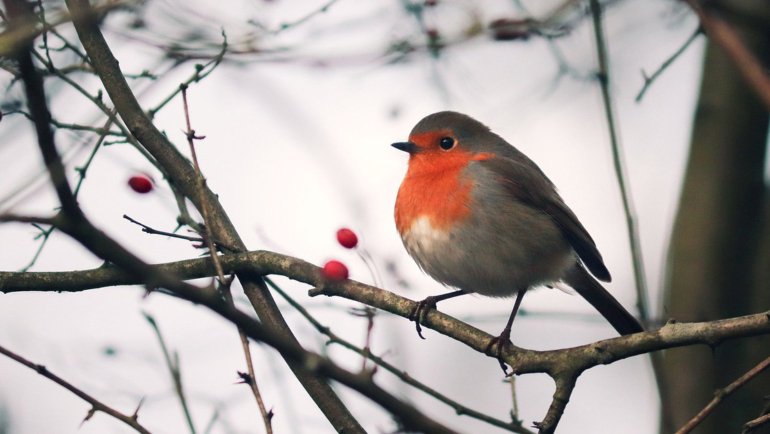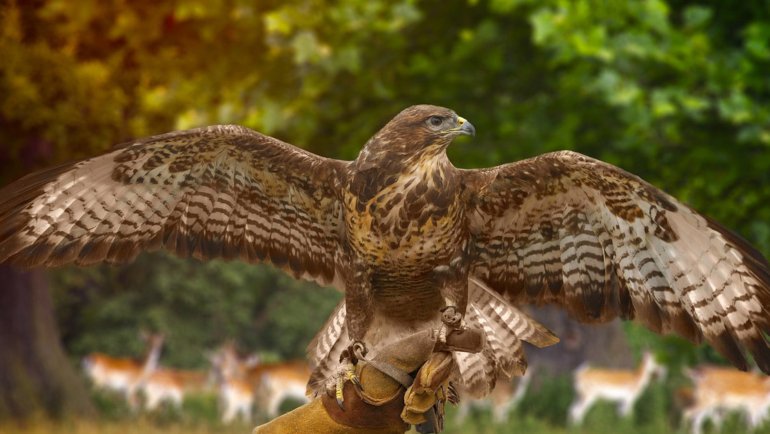The Crimson Sunbird, a dazzling gem of the avian world, captivates birdwatchers and nature enthusiasts alike with its vivid plumage and dynamic presence.
As the national bird of Singapore, it holds a special place in the hearts of many. This article serves as a comprehensive guide to the Crimson Sunbird, offering insights into its classification, physical traits, behavior, habitat, and conservation.
Admired for its striking red and black coloration and melodious song, the Crimson Sunbird is a symbol of beauty and agility in the bird kingdom.
The Crimson Sunbird at a Glance
Classification
| Kingdom: | Animalia |
| Phylum: | Chordata |
| Class: | Aves (Birds) |
| Order: | Passeriformes |
| Family: | Nectariniidae |
| Genus: | Aethopyga |
| Species: | A. siparaja |
Essential Information
| Average Size: | 4 inches (10 cm) in length |
| Average Weight: | Approximately 0.2 oz (5-7 g) |
| Average Lifespan: | Up to 5-7 years in the wild |
| Geographical Range: | Southeast Asia, from India to Indonesia and Philippines |
| Conservation Status: | Least Concern (IUCN Red List) |
Species and Subspecies
The Crimson Sunbird, Aethopyga siparaja, is part of a larger family of sunbirds but stands out due to its distinct coloration and range. There are several subspecies of the Crimson Sunbird, each adapting to different regions in Southeast Asia, and they exhibit slight variations in color and size. Notable subspecies include:
- A. s. siparaja: Found primarily in the Malay Peninsula, Sumatra, and Borneo, characterized by a deep red chest and throat.
- A. s. nicobarica: Native to the Nicobar Islands, this subspecies has a slightly duller hue compared to the mainland species.
- A. s. labecula: Located in the Philippines, this subspecies has a more orange-red breast and a longer bill.
These subspecies show the adaptability of the Crimson Sunbird to various island and mainland habitats in Southeast Asia, each evolving unique traits to thrive in their specific environment.

Description
Crimson Sunbirds are small, dynamic birds, renowned for their striking appearance. The most striking feature is the vivid red plumage on the throat and chest of the males, contrasting with their dark black upperparts and bright green cap. Females and juveniles are less colorful, usually olive above and yellowish below.
They are petite, measuring about 4 inches (10 cm) in length and weighing around 0.2 ounces (5-7 grams). The iridescent plumage of the males is particularly noticeable in sunlight.
These birds have a slender, curved beak, adapted for feeding on nectar. Their small, strong feet are suited for perching on branches and flowers.
There is a marked difference between males and females. Males have the characteristic crimson and black coloring, while females have a more subdued color palette.
Habitat and Distribution
Crimson Sunbirds have a wide distribution across Southeast Asia, inhabiting various environments. Their range extends from India and Sri Lanka through Southeast Asia to Indonesia and the Philippines.
They are commonly found in gardens, forests, mangroves, and plantations. Their presence in diverse habitats, including urban areas, highlights their adaptability.
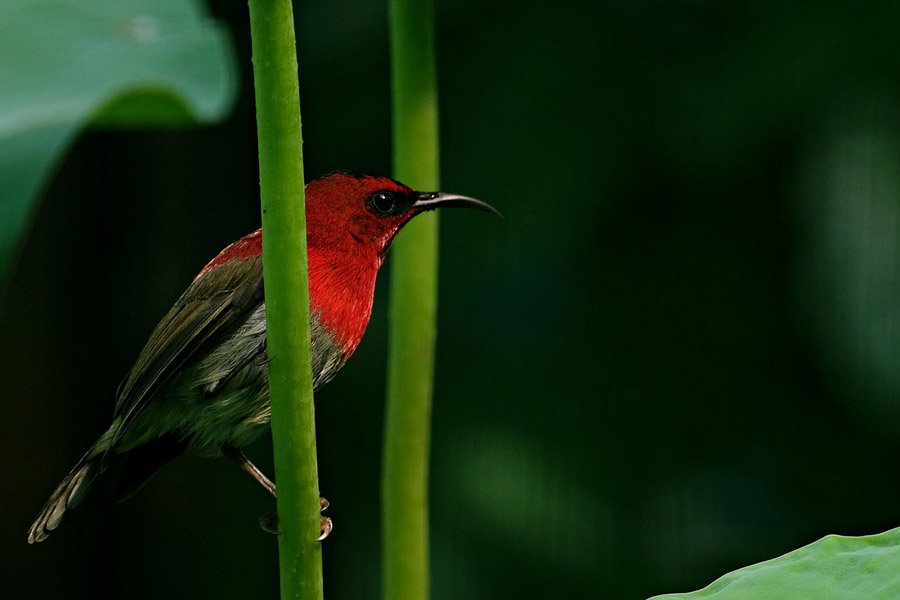
Behavior
These birds exhibit a range of behaviors that reflect their active and agile nature. Crimson Sunbirds are diurnal, spending their days actively foraging, singing, and engaging in social interactions.
They are generally seen alone or in pairs, especially during the breeding season. Outside of breeding, they may gather in small groups.
Males are known for their melodious songs and calls, used both for attracting mates and marking territory. Visual displays, such as fluffing up their feathers, are also a part of their communication repertoire.
Males can be quite territorial during the breeding season, defending their area vigorously from rivals.
The behavior of Crimson Sunbirds, from their foraging habits to their social interactions, demonstrates their adaptability to different environments and their role in the ecosystem as both pollinators and part of the avian community.
Diet and Feeding Behavior
Crimson Sunbirds have a specialized diet and feeding habits adapted to their ecological niche.
They are primarily nectarivorous, meaning their diet mainly consists of nectar from flowers. However, they also consume small insects and spiders, especially during the breeding season, for additional protein.
Their slender, curved beaks and tubular tongues are perfectly adapted for extracting nectar from flowers. They are often seen hovering in front of blooms or perching delicately on branches as they feed. When catching insects, they exhibit quick, agile movements.
Predators
Being small birds, Crimson Sunbirds face various predation threats in their natural habitat.
Predators include larger birds such as hawks and eagles, as well as snakes and some species of larger lizards. Nestlings and eggs are particularly vulnerable to predation.
Their primary defense is their agility and speed, allowing them to quickly escape from potential threats. Their small size and the dense vegetation of their habitats also provide some level of camouflage and protection.

Reproduction and Life Cycle
The breeding habits and life cycle of Crimson Sunbirds are key aspects of their behavior and ecology.
Crimson Sunbirds are monogamous, with pairs often forming strong bonds. The male plays a role in courtship through displays and songs to attract the female.
The female builds a hanging, purse-like nest made from grass, fibers, and other plant materials, often suspended from a thin branch or twig. The nest’s construction provides protection against many predators.
Typically, the female lays 2 to 3 eggs per clutch. She is solely responsible for incubating the eggs over a period of about 10 to 14 days.
After hatching, both parents are involved in feeding the chicks. The diet for the young includes nectar as well as insects, providing the necessary nutrients for growth. The fledging period, before the young leave the nest, lasts about two to three weeks.
The reproductive strategies of the Crimson Sunbird, from nest building to parental care, showcase the adaptations that have enabled them to thrive in diverse environments, highlighting the importance of each stage in their life cycle.
Conservation and Threats
The Crimson Sunbird is currently listed as of Least Concern by the IUCN. This status indicates that the species, at present, faces no immediate threat of extinction.
Despite its stable status, habitat loss due to deforestation and urbanization poses a potential threat. Climate change also impacts their natural habitat and food sources.
Conservation efforts mainly focus on habitat preservation. Protecting and restoring natural habitats, along with creating green spaces in urban areas, are crucial for maintaining healthy populations of these birds.
Fun Facts
- Symbolic Significance: The Crimson Sunbird is the (unofficial) national bird of Singapore, symbolizing its natural beauty and diversity.
- Flower Adaptation: Their unique beak shape and feeding style make them excellent pollinators, playing a crucial role in their ecosystems.
- Vibrant Plumage: The male’s bright plumage is due to microscopic structures in the feathers that refract light, creating an iridescent effect.
- Nesting Artistry: The intricate, hanging nests of the Crimson Sunbird are a marvel of avian architecture, showcasing the bird’s skill and adaptability.
- Energetic Lifestyle: Due to their high metabolism required for constant hovering and flying, these birds spend a significant part of their day feeding on nectar.
Frequently Asked Questions
How long do Crimson Sunbirds live?
In the wild, Crimson Sunbirds can live up to 5-7 years.
Can Crimson Sunbirds be found outside Southeast Asia?
Their primary habitat is in Southeast Asia, though some may migrate slightly beyond this range.
What is the difference between male and female Crimson Sunbirds?
Males have bright red and black plumage with a green cap, while females are olive above and yellowish below.
What is the typical habitat of the Crimson Sunbird?
Crimson Sunbirds are commonly found in a variety of habitats, including forests, mangroves, gardens, and plantations across Southeast Asia.
How do Crimson Sunbirds feed?
They primarily feed on nectar from flowers, using their long, curved beaks and specialized tongues. They also consume small insects and spiders.
Are Crimson Sunbirds social birds?
They are usually seen alone or in pairs, especially during the breeding season. However, they may gather in small groups outside of breeding.
Do Crimson Sunbirds migrate?
Crimson Sunbirds are generally resident birds and do not undertake long migrations. However, some local movements may occur in response to changes in food availability.
